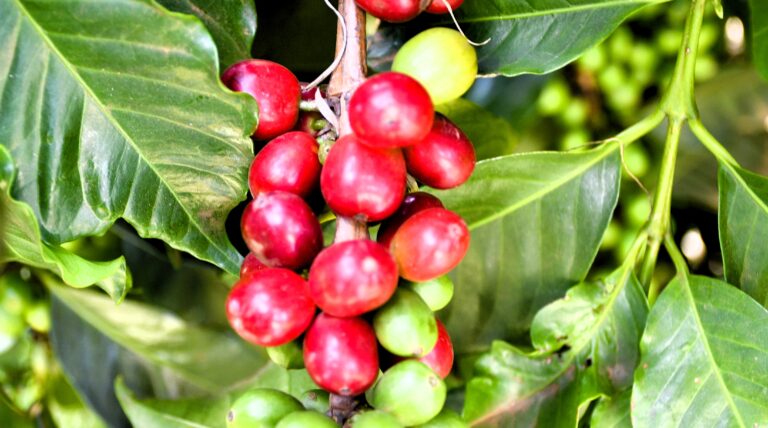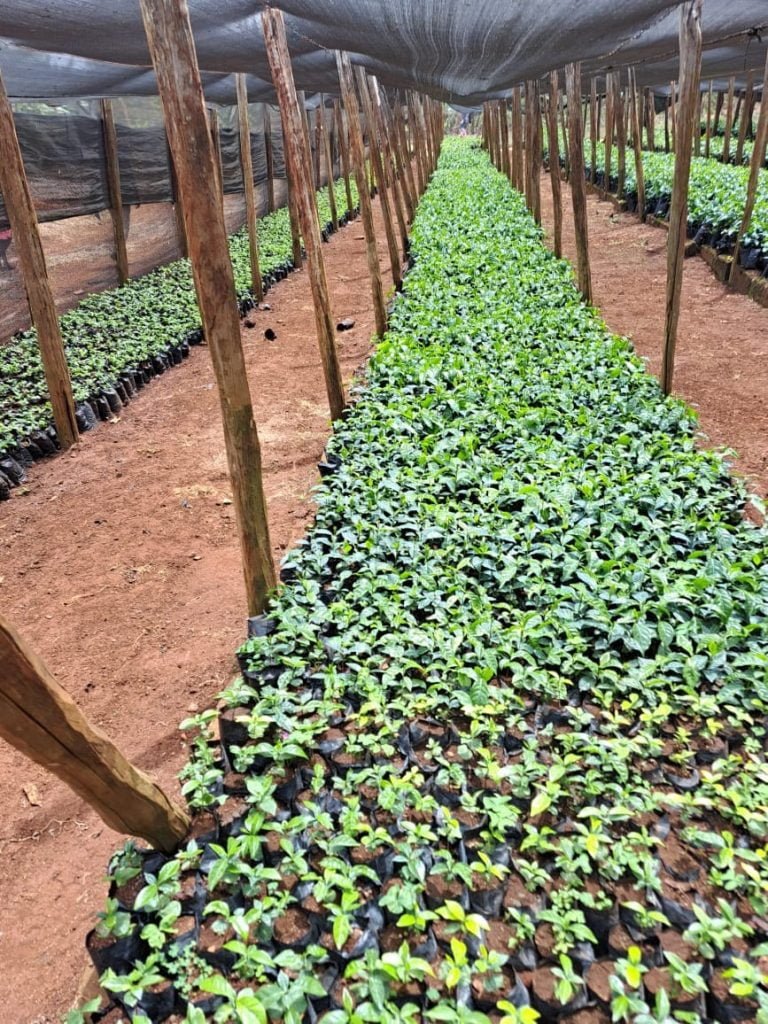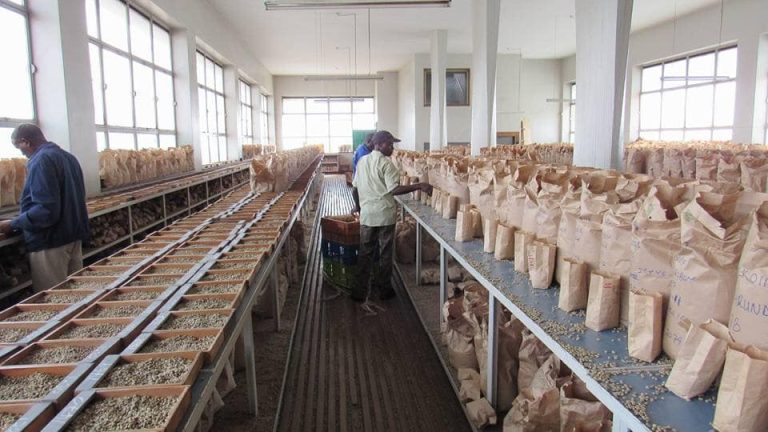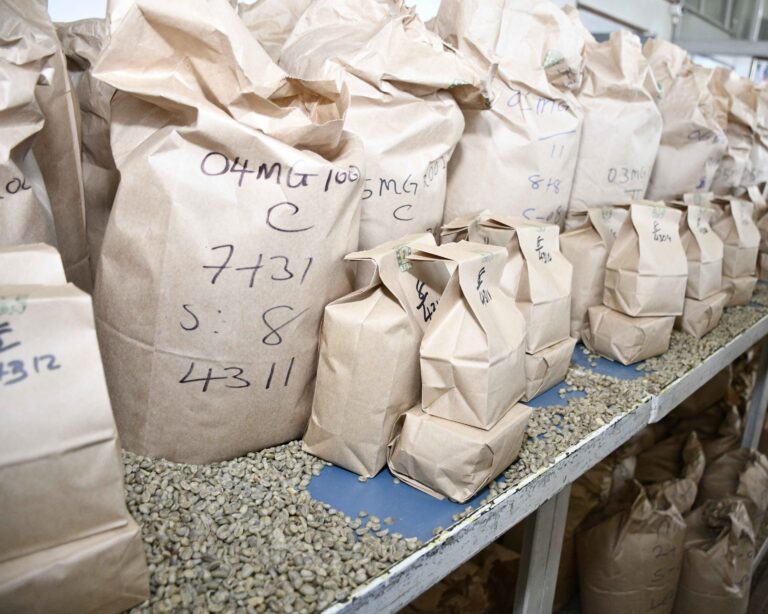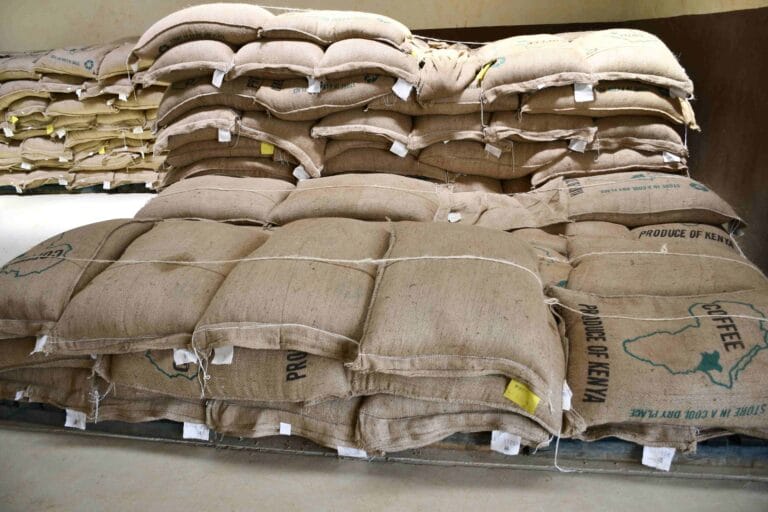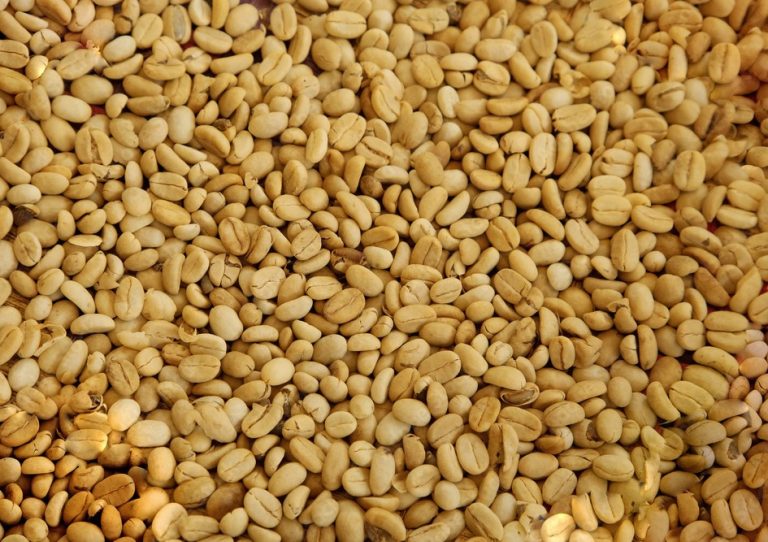By Brian Gicheru
Since the formation of a presidential taskforce on Coffee Reforms in 2016 there has been an avalanche of initiatives and policies to overturn the persistent coffee crisis in Kenya. This has also seen an injection of not less than Kshs 4.5 billion from the government all in hope that coffee farming turns into a lucrative venture it’s meant to be. Although it’s too early to judge the effectiveness of these initiatives in achieving their desired output, their success will be determined by the policies’ ability to move the Kenyan coffee commodities market towards practices that contribute a living income to a producer.
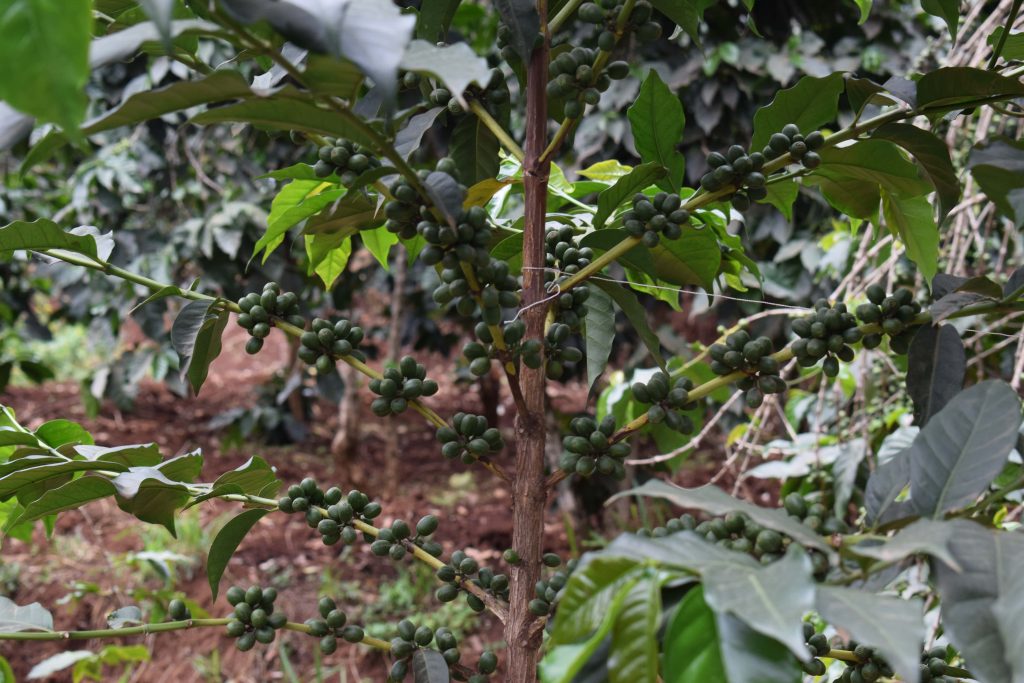
Currently, the more than 600,000 coffee farmers in Kenya cannot dare to depend on coffee farming to pay their bills and have to engage in diversified farming practices to earn a living. This is caused by the fact that coffee trades in very complex international market set-ups. The prevailing market price for coffee at any given time, commonly known as the “C price” is determined at New York and London international coffee Exchanges. This does not factor in the cost of production for the commodity and is just for the sole purpose of generating profits for coffee dealers in those markets working at the behest of global investment banks.
In this case, a coffee farmer is just like a pawn in a coffee chess game whose essence stops immediately coffee leaves their farm. How they produce it and the pains they go through, that is not the business of the big boys at the air-conditioned Coffee exchange floors. The C price is majorly influenced by the worldwide coffee supply and demand but more importantly by the predicted price of future coffee- based on a myriad of financial derivatives. Unfortunately, between 1982 and 2018 the C price dropped by 27% .However, during the same period, roasted coffee in countries such as USA experienced an average price increase of 98%.It is this asymmetry of economic power that continues to make coffee producers more vulnerable threatening their livelihoods.
But besides playing the victim card, there is a huge potential for the sector stakeholders to bring some empathy and humanity in how coffee is traded. It is for this reason that there has been increased government intervention in the recent years. The question is, what guides these reforms? Is it just to increase farmer’s income? And if so, to what level?
What coffee farmers in Kenya experience is poverty by design thanks to unequitable coffee markets and effective corrective actions towards this will go a long way in alleviating penury for more than 6 million Kenyans who depend on the coffee sector. However, the answer to development of an economic viable coffee sector in Kenya is undergirded by possibility of farmers earning a living income which is different from poverty alleviation which seems to be the focus of the recent policies in the sector.
The difference between a living income and poverty lines is the additional income required for a decent standard of living which is beyond the traditional poverty definition on basic subsistence and survival. For this to be successful, we need a sector-wide data-driven approach to determine living-income gaps by farmers in every coffee farming county. This in fact is an exercise which should be carried out by County governments which currently hold most of the roles on coffee production as per the 2019 Coffee Regulations. Already, living income benchmarks exists for some counties but it is not harmonized in such a way that it can efficiently guide agricultural policy.
The next question will then be whether the small-scale coffee farming as it is currently is economically viable. Is it in a position to earn farmers a living income? Obviously, it’s not as the break-even point for small-scale coffee farming is 3kgs/tree (dependent on the number of trees per hectare) whereas most farmers’ production is below this in some instances being as little as 0.13kg/tree. Unfortunately, most farmers have 200 to 300 coffee bushes cultivated on 0.1 to 0.3 hectares of land. It is for this reason that such farmers earn a paltry Kshs 10,000 per year against their living income of Kshs 150,000 and ultimately, poverty becomes a norm.
Therefore, let the government utilize the Kshs 1.5 billion coffee revitalization fund from World Bank in realization of an equitable coffee sector where farmers can earn a living income as opposed just to poverty alleviation.
Brian is a coffee farmer based in Nyeri county and invests his extra time in researching on national and global coffee commodities markets.



